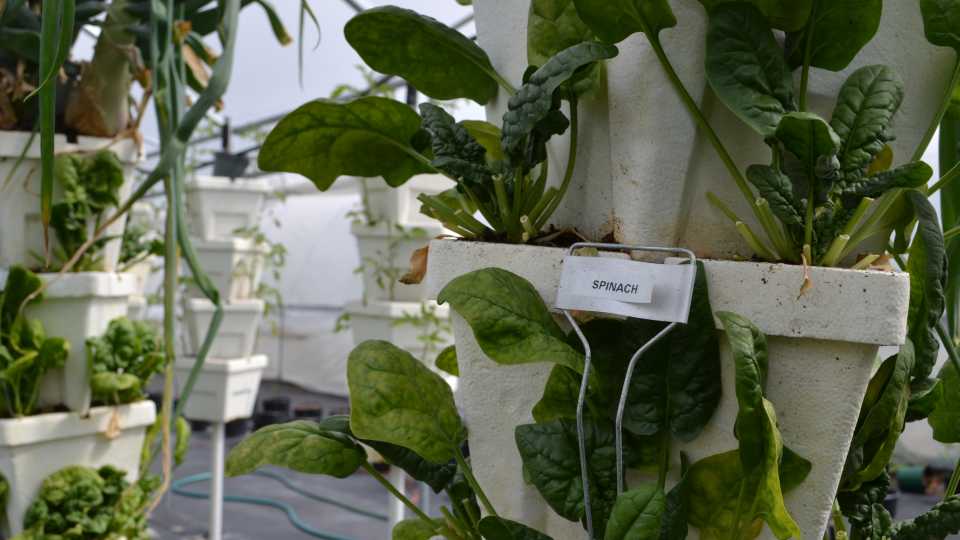Tech Boom in Ag a Big Step Toward Possible Net-Zero Economy
Agriculture is one of the most critical industries in the world, but there is always room for improvement. Studies show the farming sector employs 52% of land in the U.S. However, many farms use technology that makes farming less efficient and leaves a large carbon footprint. That’s why a tech boom in agriculture might be the right step toward a net-zero economy.
What Is a Net-Zero Economy?
Net-zero balances the number of greenhouse gases produced and the amount removed. Achieving a net-zero economy means humans have found a way to halt or at least significantly reduce the advance of climate change.
Achieving this balance is the goal of almost every nation today. Whether by investing in renewable energy alternatives or maintaining residential properties’ HVAC systems, many people worldwide are committed to achieving net-zero.
How Does the Agriculture Sector Affect Net-Zero?
Approximately 27% of the world’s greenhouse gas emissions are from agriculture. This is because many conventional farming practices rely on fossil fuels, chemical fertilizers and pesticides.
In addition, the agriculture sector uses 70% of the world’s freshwater supply.
Because of the land needed to grow crops, conventional farming is also one of the leading causes of deforestation worldwide.
However, new technologies enable the agriculture sector to reduce greenhouse gas emissions and improve efficiency. These modern technologies allow farms to minimize the number of chemical fertilizers and pesticides, curb their dependence on fossil fuels, and make water usage more efficient.
Agriculture Technologies With a Net-Zero Focus
Here are some technologies being applied today to help agriculture reach net-zero.
Hydroponics is also known as vertical or indoor farming because of the unique process of growing crops. Instead of using soil and large amounts of land like conventional agriculture, hydroponics grows produce in indoor spaces such as warehouses.
The term vertical farming comes from growing crops in vertical columns rather than rows like in a field. This allows farmers to use smaller indoor spaces while maintaining efficiency. These farms use a complex hydroponic system to feed crops.

Photo by Paul Rusnak
In conventional farming, much of the water used on crops evaporates or disappears into the soil. Hydroponic farming dramatically reduces the amount of water lost by recycling what is not absorbed. Vertical farms don’t use soil — crops are fed a nutrient-rich solution directly into their roots, allowing them to grow stronger than if raised conventionally.
Another advantage of vertical farming is its use of indoor spaces. Hydroponic farms can be set up anywhere, significantly reducing the need for land and fossil fuels and bringing food sources closer to the people they feed.
Biochar is a carbon concentrate that is made using a process known as pyrolysis. It can be used to increase fertility in the soil, allowing crops to grow stronger and more plentiful.
Biomass sources such as wood, plant residue, manure and other waste products are transformed into black carbon through thermal or chemical conversion. It is a method first discovered by the native people of the Amazon, who called it “Terra Preta.”

Growers can produce their own biochar by burning pulled vines from their fields.
Biochar can significantly reduce conventional farming’s reliance on chemical fertilizers by using natural ingredients to make the soil richer. It can also be a potential alternative to using fossil fuels on farms.
Bee vectoring technology uses bees to deliver biological control agents to flowers and certain crops. Farms expose bees to compounds that they transfer to plants naturally. These agents protect the plants against diseases and pests commonly encountered.
This method can significantly reduce the usage of chemical pesticides.

A bumblebee carries the Bee Vectoring Technologies plant protection product directly to a bloom.
Photo courtesy of Bee Vectoring Technologies
New technologies are emerging every day in the realm of agriculture. Conventional farming methods must take advantage of them to improve or switch to more efficient and sustainable practices. This will help farms become part of the solution to many global problems.










